The Ultimate Kerala Itinerary: Travel guide for 1 week, 10 days or 2 weeks
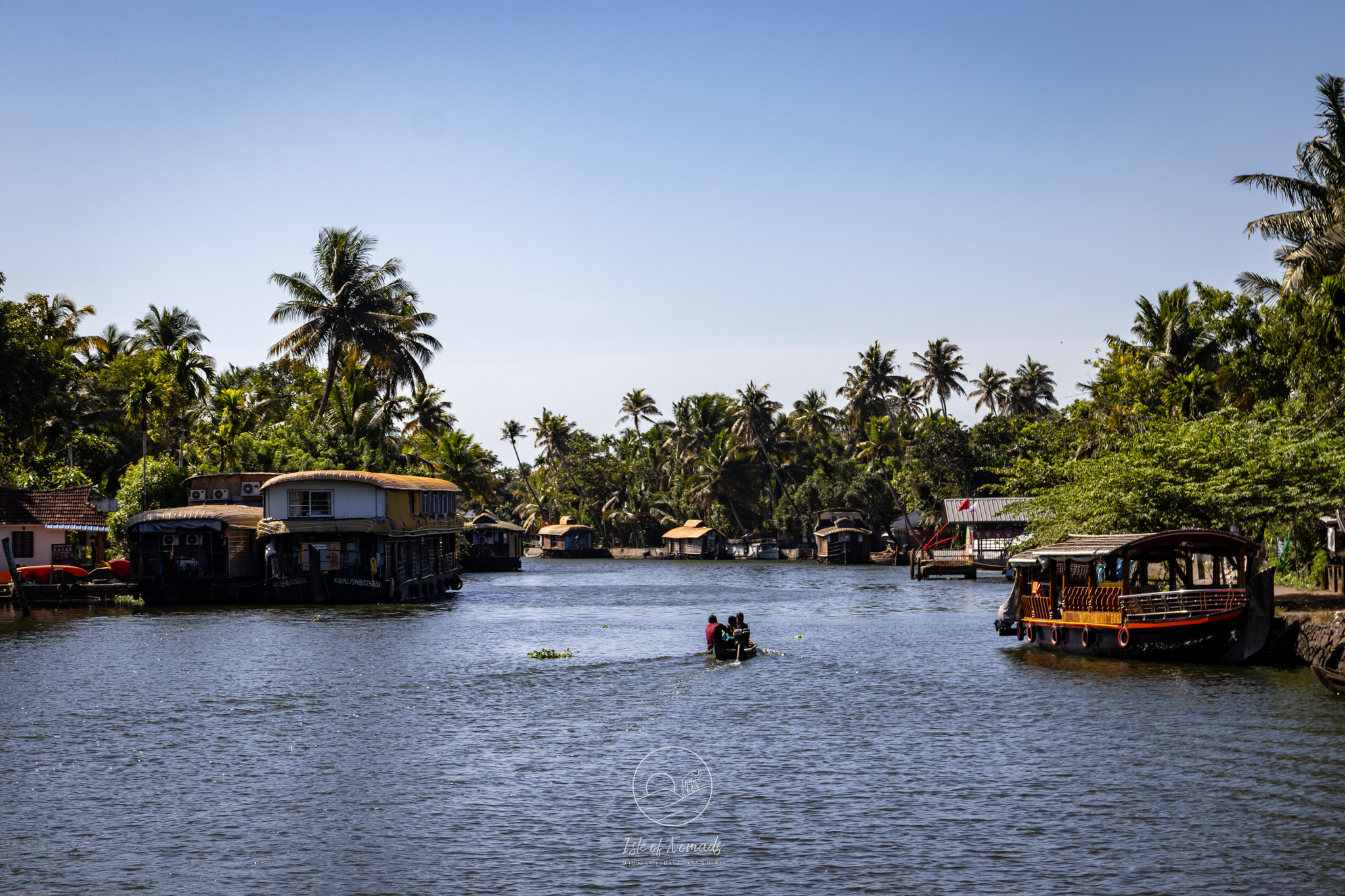
Content
I have to be honest - I often find travelling in India quite exhausting, especially after a few weeks in the country. It's often a lot, on so many different levels: colours, odors, sounds, food, people. This is often incredibly exciting, but for someone like me that struggles with sensory overload it can also get quite exhausting.
Kerala however is an oasis of relative calm in India. The pace feels more relaxed, the streets noticeably cleaner, and there's an underlying sense of order that makes everything feel more manageable. Perhaps it's the influence of the lush backwaters and coastal breezes, or maybe it's the state's progressive approach to governance and education, but Kerala offers all the richness of Indian culture wrapped in a more gentle, accessible package.
Read on for my comprehensive guide to exploring this region of India!
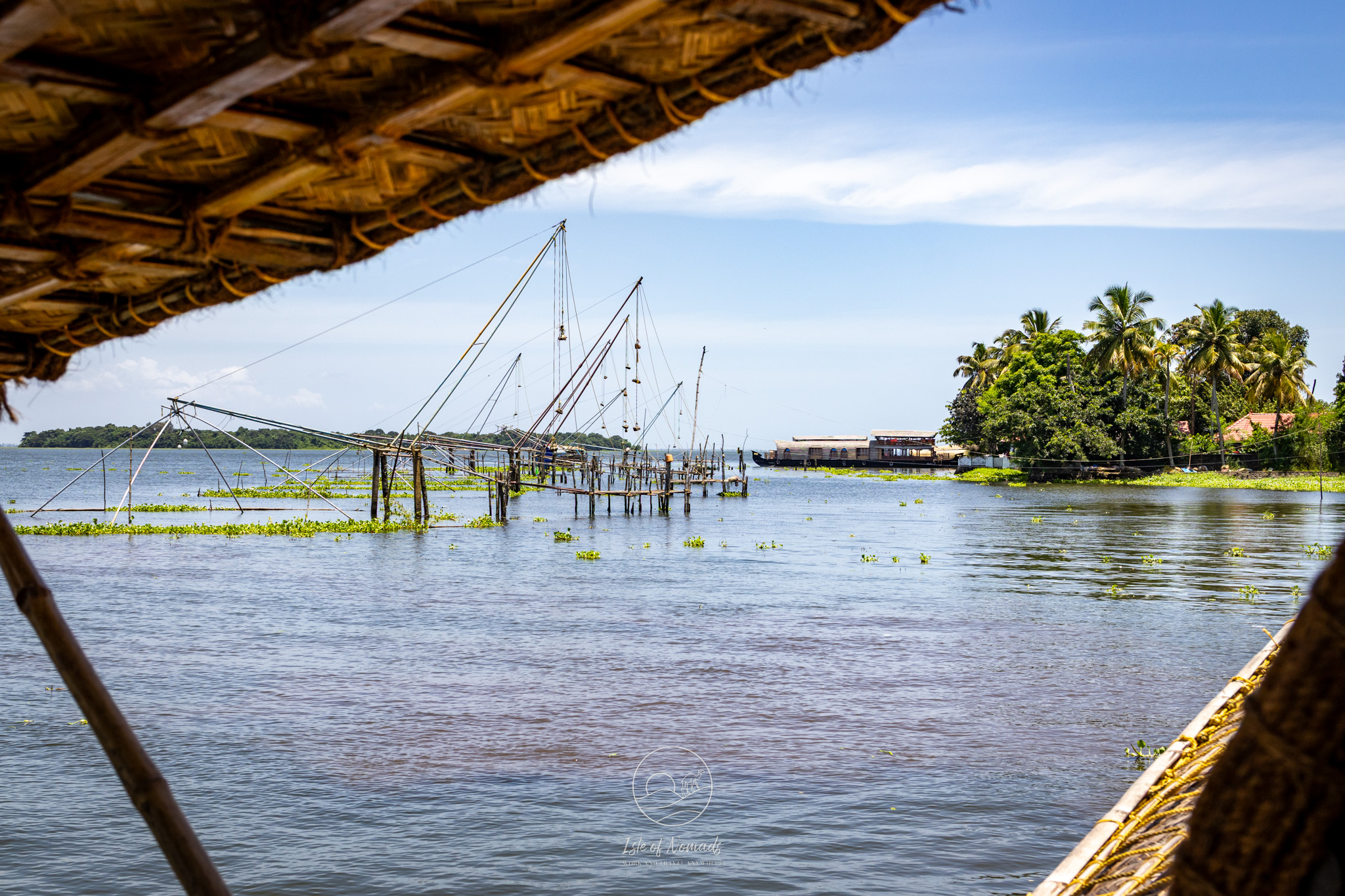
Key information at a glance
| Daily budget: | 25 - 60 EUR/day, depending on travel style |
| Best time to travel: | October to March (avoid monsoon season June-September) |
| For you if: | You want to experience India's culture and nature without the overwhelming chaos - perfect for first-time India visitors or those seeking a more relaxed pace |
| Country Overview: | Head here for a general overview over India |
Know before you travel
The monsoon shapes everything
Kerala has two monsoon seasons - the southwest monsoon from June to September and a lighter northeast monsoon from October to December. That being said we visited from August to September and even though it sometimes rained, this did not diminish our experience in any way. However we heard this depends on the year, if the rains get very heavy, it can be quite disruptive. Roads flood, boat services stop, and some attractions close. If you're visiting during monsoon season, pack waterproof gear and be flexible with your plans.
Don't forego sleeping on houseboat, but book early!
The backwaters of Kerala are beautiful and we loved the experience of spending the night on a houseboat. (Although Cordt didn't sleep as the gentle rocking somehow disturbed him XD). If you are travelling in high season, be sure to book a houseboat as early as you can! The good ones get booked out super quickly. Don't expect luxury - these are converted rice barges, not floating hotels.
A word on Ayurveda
Kerala is the birthplace of Ayurveda, and you'll find treatments everywhere. Be careful in picking one though! They are not all legitimate, some are just fancy spas with Ayurvedic branding or just geared at tourists and making quick money, without the person having the proper training. If you want authentic treatment, do your research and book at established centers.
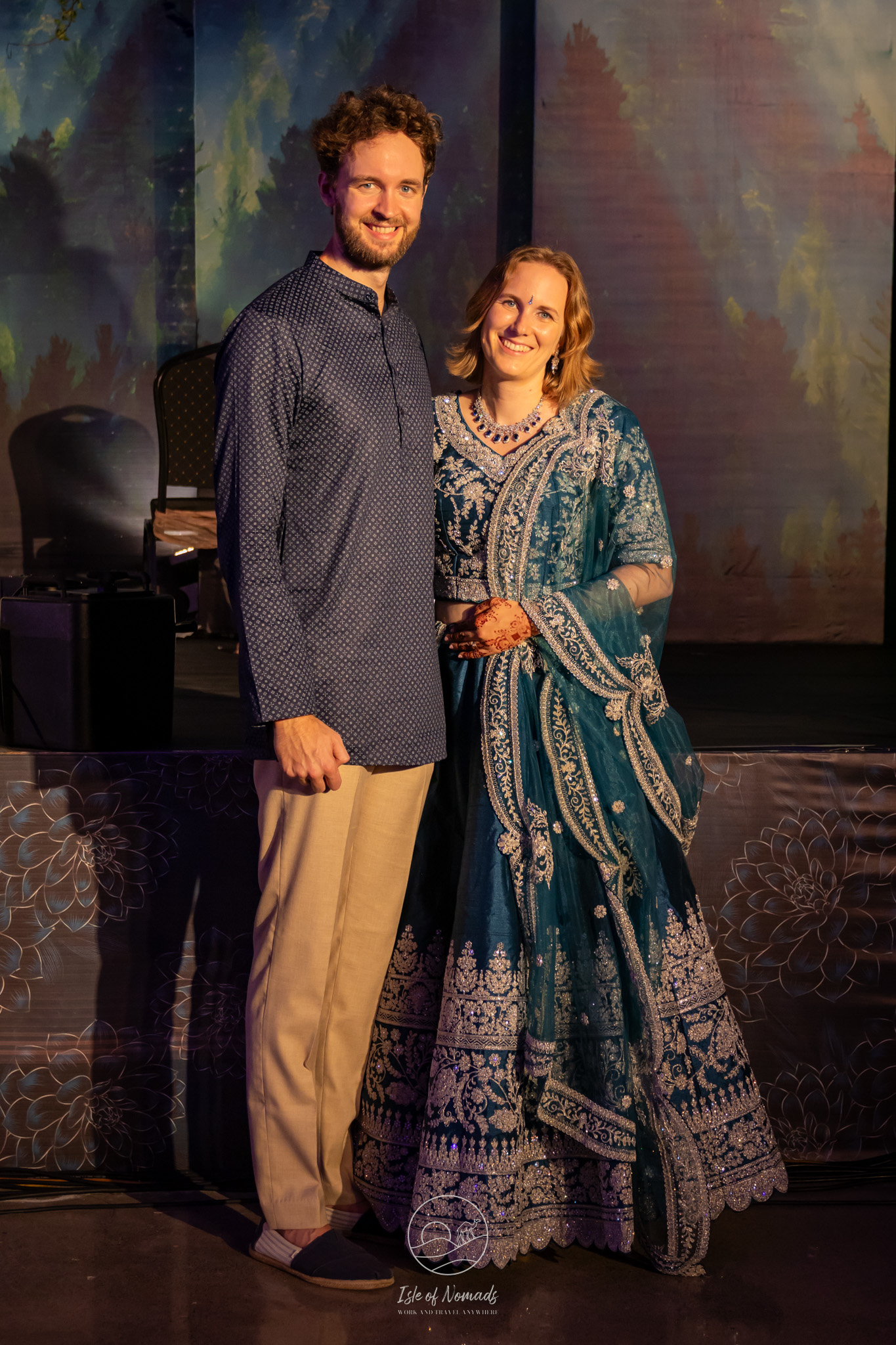
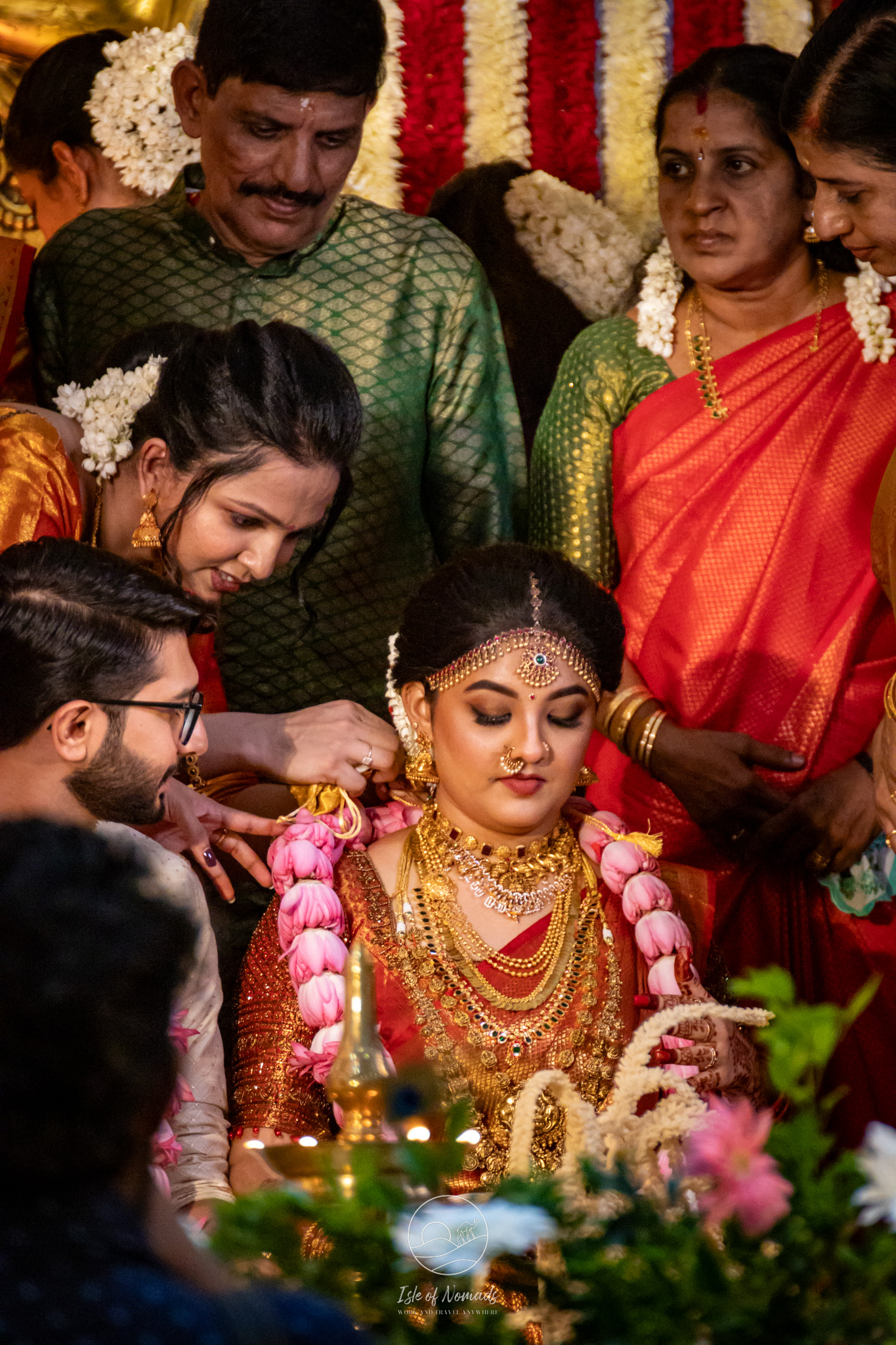
Dress modestly, especially in temples
Kerala is more conservative than Goa or other beach destinations in India. Cover your shoulders and knees when visiting temples or local areas. Many temples don't allow non-Hindus inside, but you can usually appreciate the architecture from outside. Always remove shoes before entering any temple.
Spice levels are no joke
Kerala food can be seriously spicy, even dishes that don't look it. When ordering, ask for "less spicy" (or "medium spicy" if you are very brave). The coconut-based gravies are usually not spicy, and you might want to order a lassi or buttermilk on the side to cool your mouth.
How to travel around Kerala
Kerala's transport network is decent, though not as polished as some other Indian states. A mix of buses, trains, and hired transport works best for most travelers, depending on where you're going.
Self-driving
The above being said, we still ended up hiring a car a few times: We were based in Kochi and did several weekend trips around the Kerala. If you are a confident driver and have driven in the sometimes chaotic traffic conditions of Southern or Southeast Asia before I think this is a great way to travel around the state. Our landlord was visibly nervous about us attempting this, so expect some raised eyebrows, but compared to other places we've done roadtrips in, navgating Kerala traffic was a breeze.
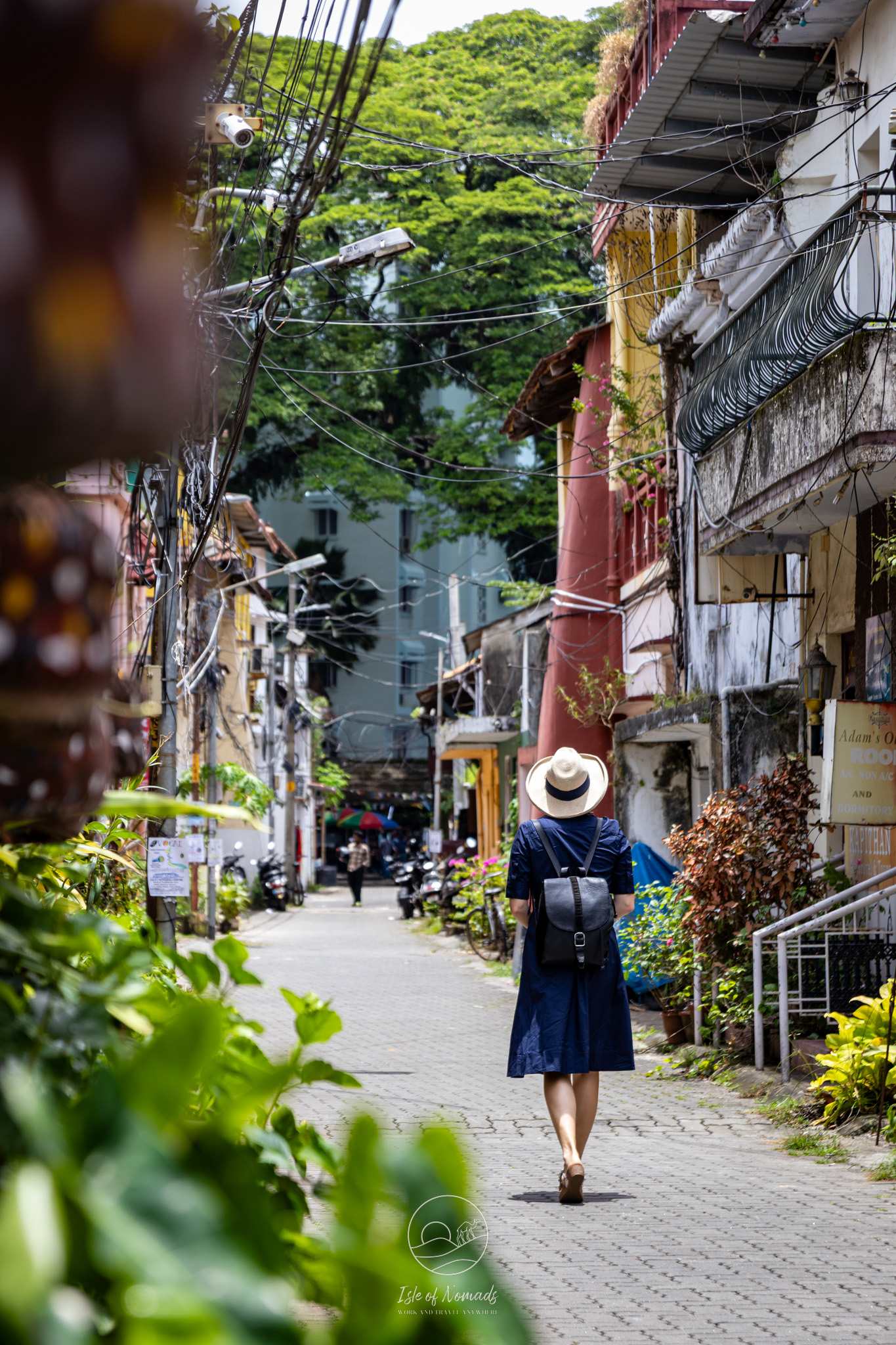
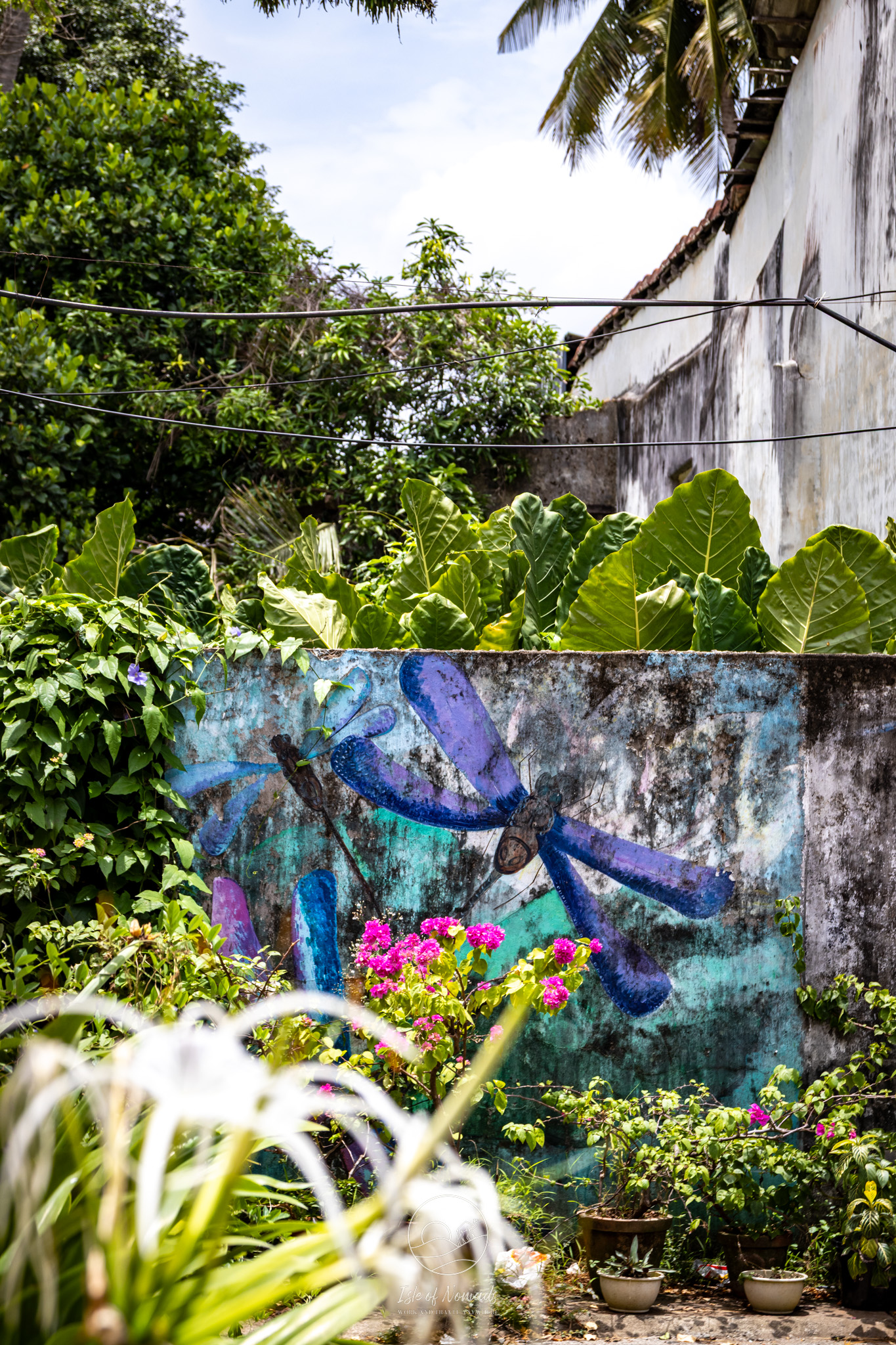
Public transportation
Kerala's bus network covers every corner of the state and costs almost nothing. State-run KSRTC buses are generally more reliable than private ones. Be aware that both can get very crowded! For longer journeys, look for "Volvo" AC buses - they're more comfortable and not much more expensive.
Trains connect major cities like Kochi, Thiruvananthapuram, and Kozhikode, but the network isn't as extensive as in other parts of India. Book sleeper class for overnight journeys, as it's comfortable and cheap.
The metro in Kochi is modern and useful for getting around the city, but it only covers limited areas. We never took it as we found it much more practical to rely on taxis and Ubers. This was the main way we got from A to B within the city. We also walked a few times but this quickly gets very exhausting with the amount of traffic and the lack of sidewalks.
Hired transport and taxis
If you do not want to drive yourself and still want to venture to hill stations like Munnar, hiring a car with a driver would make sense. If this is a bit too costly for you, you could try to pair up with other travellers - it is quite affordable when split between people. Most hotels can arrange this, or you can book through apps like Ola.
Auto-rickshaws / Tuk Tuks are perfect for short distances within cities. Always agree on the price beforehand - meters exist but drivers rarely use them for tourists. A short ride should cost between 50-100 rupees.
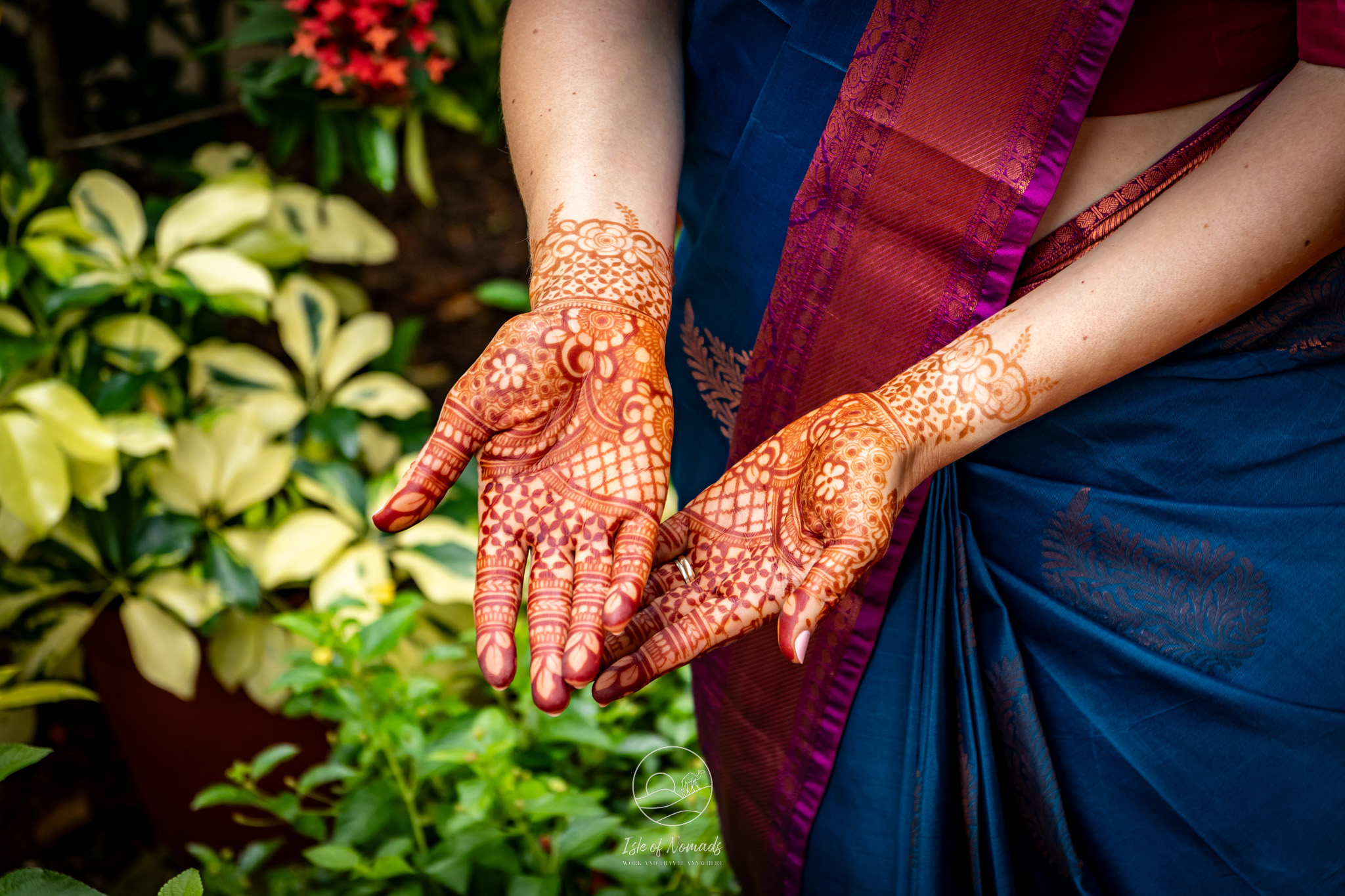
How long should you spend in Kerala?
Kerala is compact enough so you could get a good taste in a week. However, there is plenty to explore if you have more time! How long you stay really depends on your travel style and what you want to prioritize.
One week gives you a solid introduction to Kerala. You can experience the backwaters, visit either the hills or beaches, and get a taste of the local culture. It's a bit rushed, but you'll leave with a good sense of what makes Kerala special.
I would argue 10 days is the sweet spot. You can spend proper time in each region without feeling like you're constantly on the move. There's room for spontaneous discoveries and those lazy afternoons that Kerala practically demands.
Two weeks lets you truly embrace the Kerala way of life. You can explore all the main regions, take time for treatments at Ayurveda centers, maybe catch a Kathakali performance, and still have buffer days for bad weather or simply doing nothing by the water.
Kerala is not about ticking boxes, it's about slowing down and soaking in the atmosphere. I loved the two days Cordt and I spend in the backwaters, just gazing out at the water and reading once in a while. One could spend hours just watching fishermen work their nets or kids playing in the canals. It was the perfect way to decompress from our work!
Map Overview
Here's a quick overview of the main sights in Kerala that we cover in this itinerary:
1 week itinerary
This itinerary is designed to give you a bit of everything Kerala has to offer. It takes you to the backwaters, to the hill stations, and of course to Kochi. If you are particularly interested in one of these, or would like to get a personalized itinerary for your situation and amount of time you have in Kerala, check out our Trip Planner.
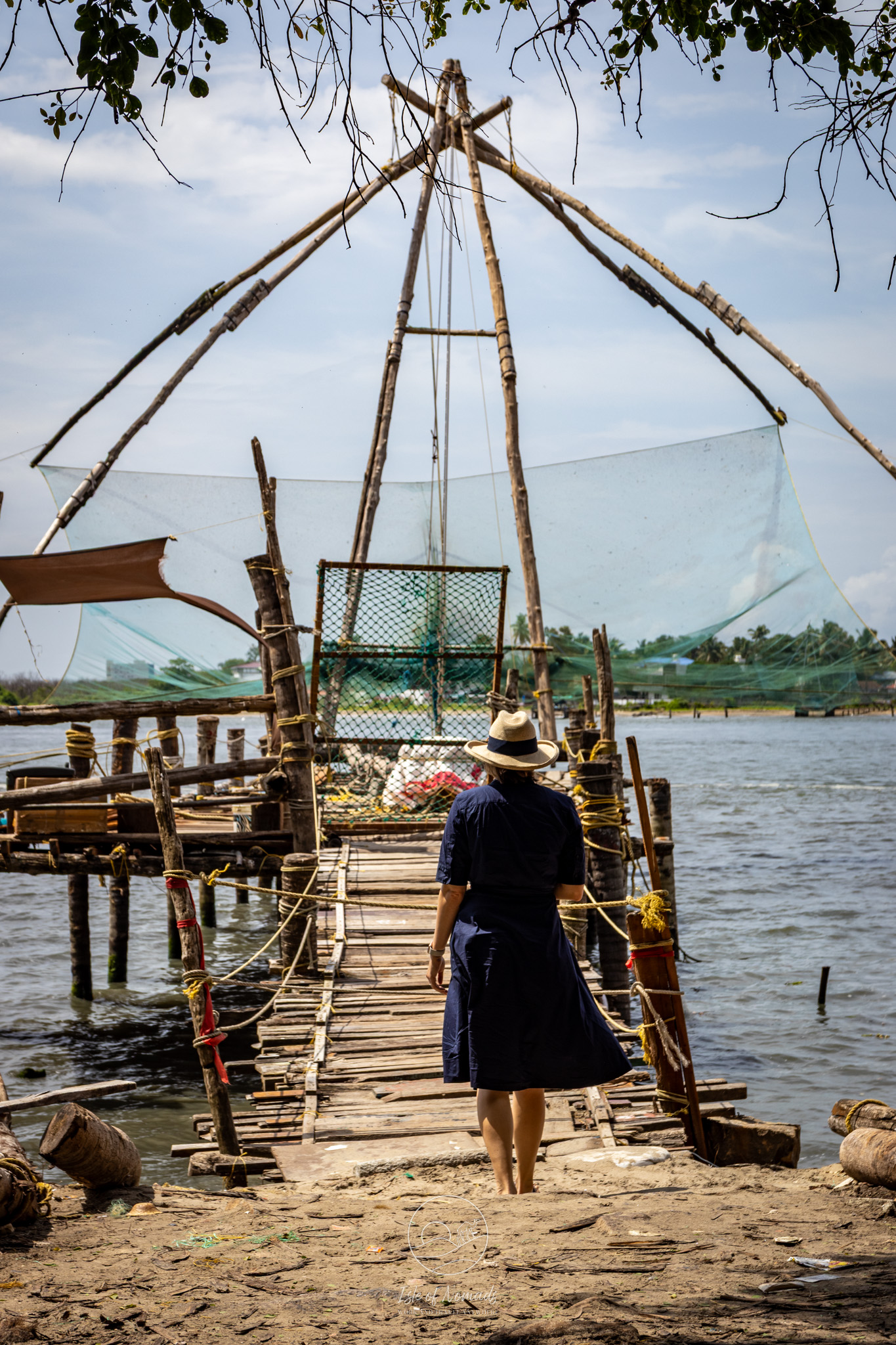
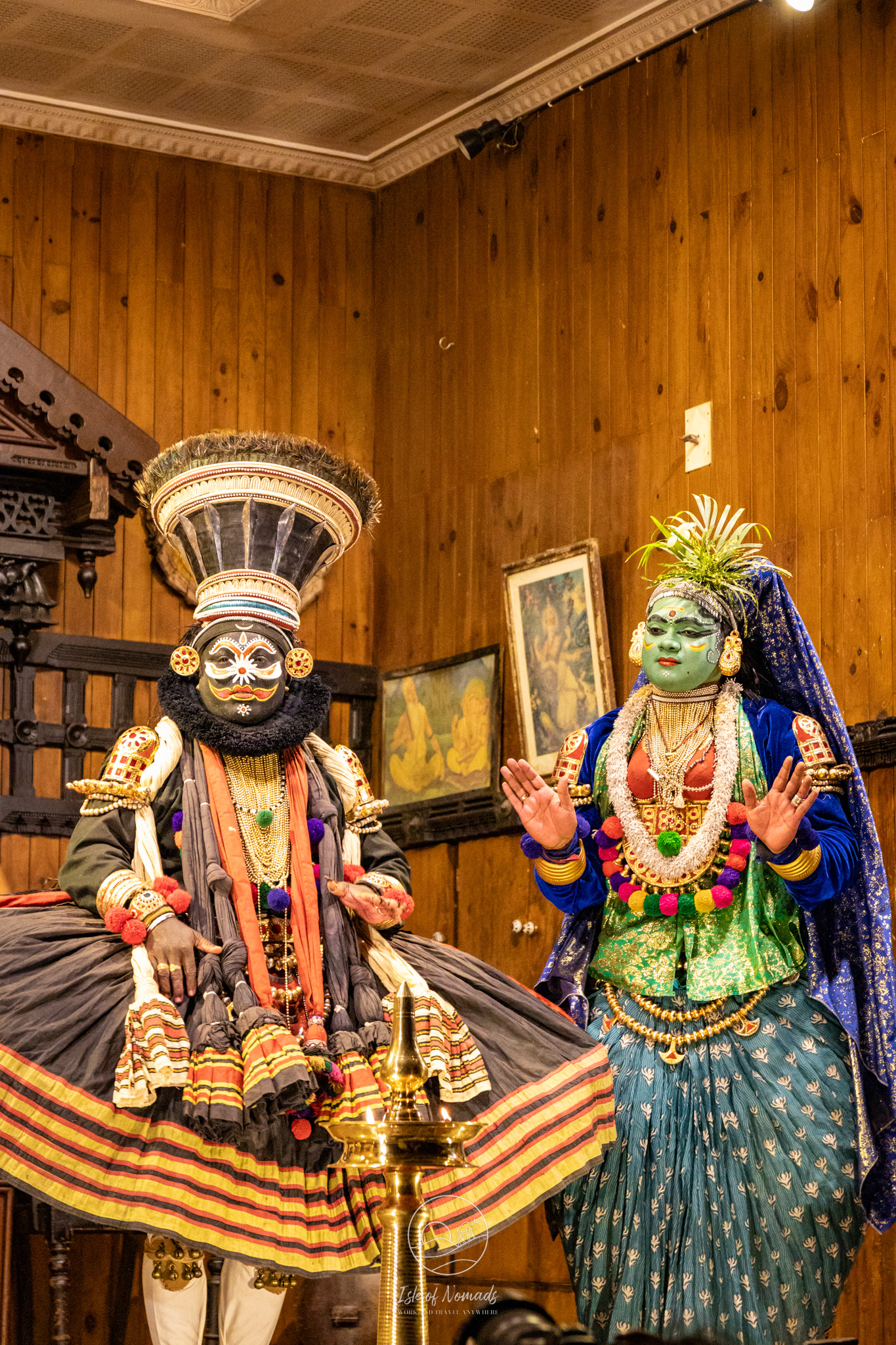
Day 1: Arrival in Kochi
Start your trip through Kerala in Kochi (still called Cochin occasionally). Fly into Cochin International Airport and spend your first day getting oriented in the historic port city. I loved learning that the airport is the first completely solar-powered airport in the world! The communist government of the state is known to invest a lot in green energy and sustainability.
Settle into your accommodation. Depending on when you arrive, you can already wander around a bit, but tomorrow is the day reserved for exploration of this fascinating city!
For places to stay in Kochi, we can recommend Tissas Inn, SeaCoast Inn FortKochi or Forte Kochi. For tips on where to have dinner, see our Travel Guide!
Day 2: Kochi
Today is all about exploring Kochi! The city is heavily influenced by its colonial history and you will spot Portuguese, Dutch, and British building styles.
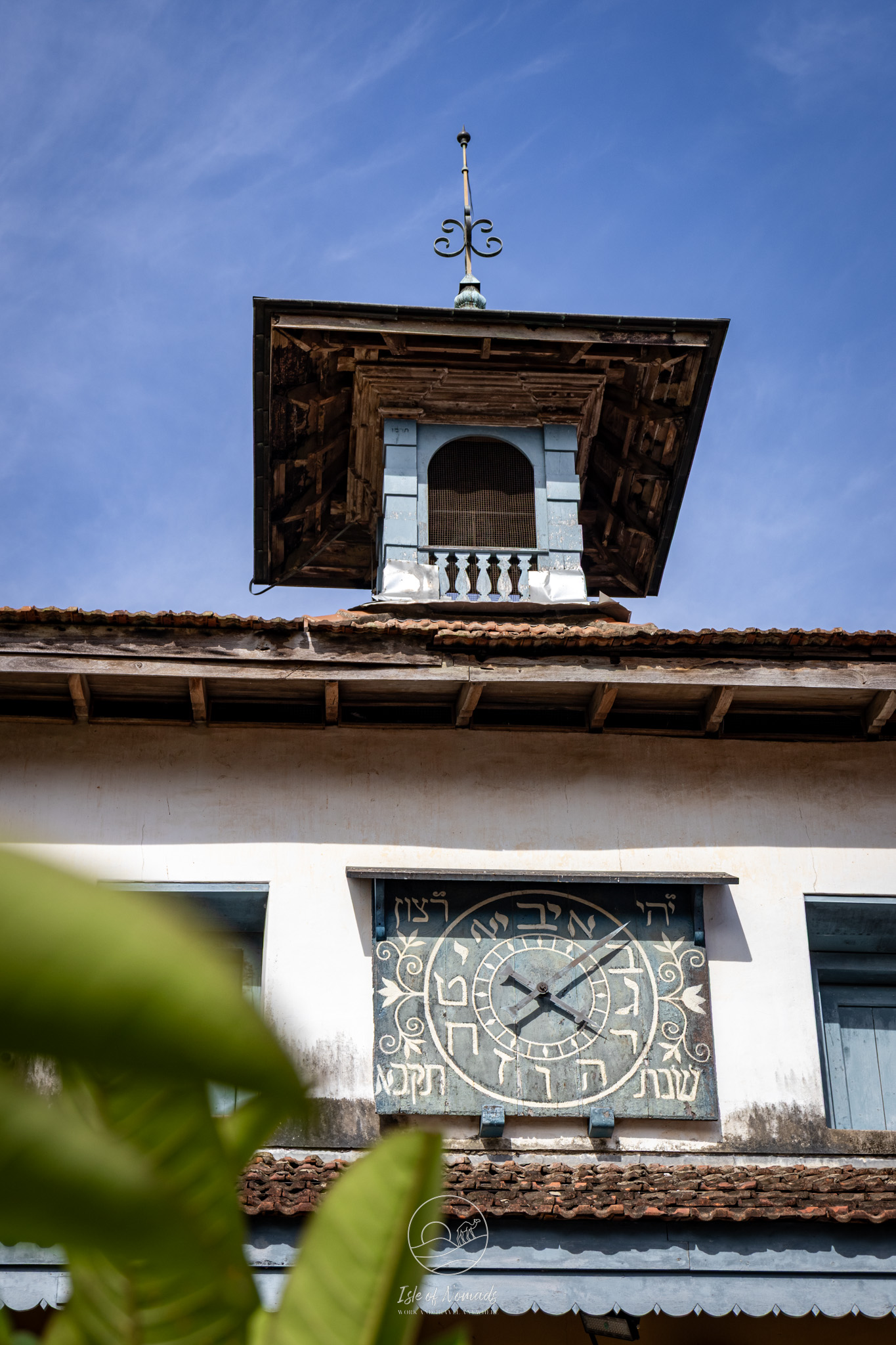
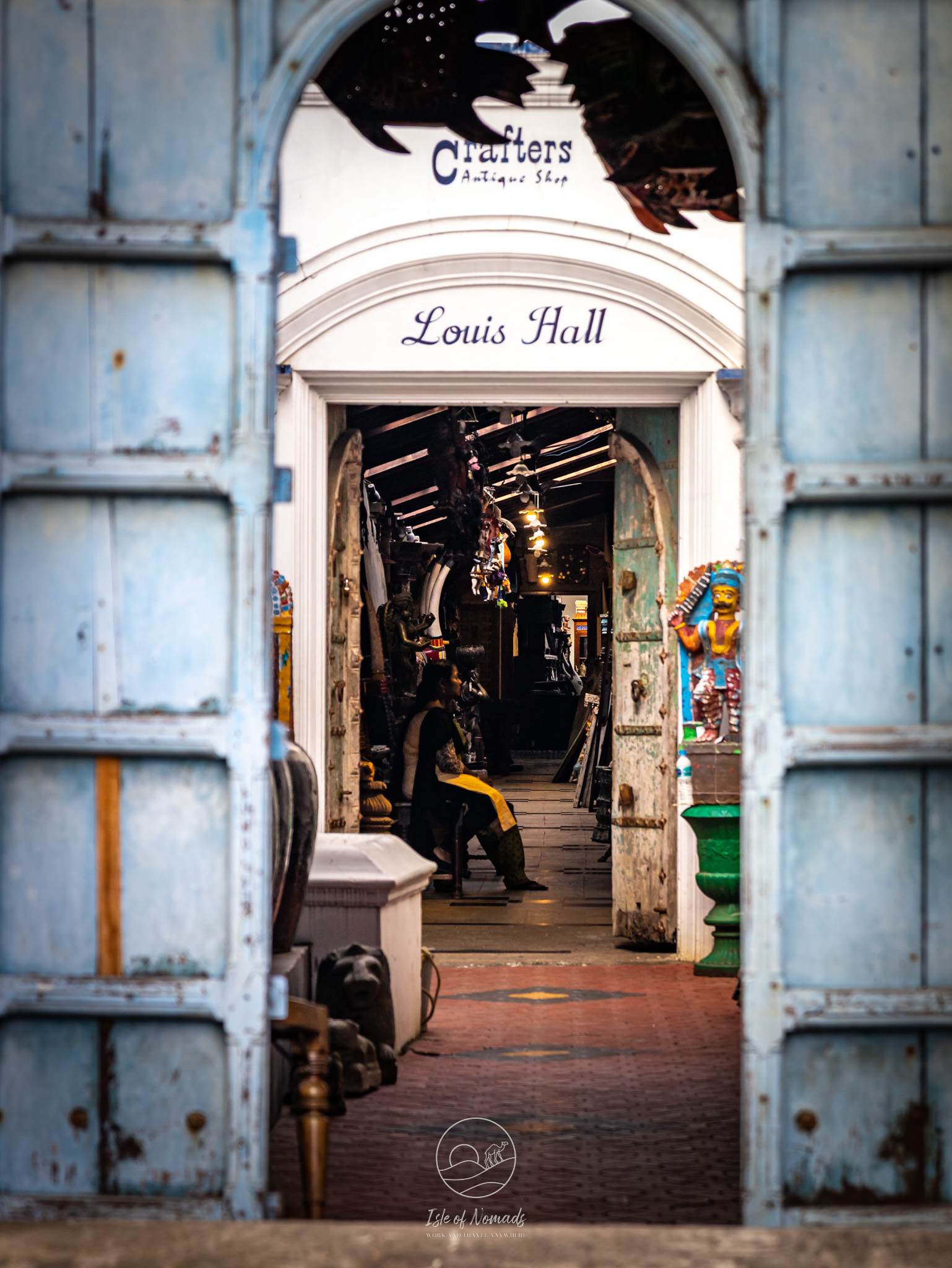
Walk to St. Francis Church, India's oldest European church, and wander through the narrow streets lined with colonial architecture. We also found the Santa Cruz Cathedral Basilica an impressive church to visit. Spend a bit of time just wandering around - we were surprised by the many galleries and cafes that can be found in the old town, e.g. the David Hall Art Cafe.
In the afternoon, make your way to the Paradesi Synagogue and the old spice markets. The area around Paradesi Synagogue is also worth to walk around in a bit - many souvenir shops can be found here! If you still have time, you could check out Mattancherry Palace.
Before heading to the Kathakali - or if you are catching an early show, directly after - visit the iconic Chinese fishing nets. They are most picturesque at sunset!
If you don't feel like walking this much, you could also book a guided tour by Tuk Tuk.
In the evening, head to a Kathakali performance. Kathakali is a traditional Kerala dance-drama, that uses elaborate costumes, an "eye-dance" and impressive make-ups. It's a great way to immerse yourself in the ancient culture of the Malayali people: First descriptions of Kathakali were dated to as early as 200BC!
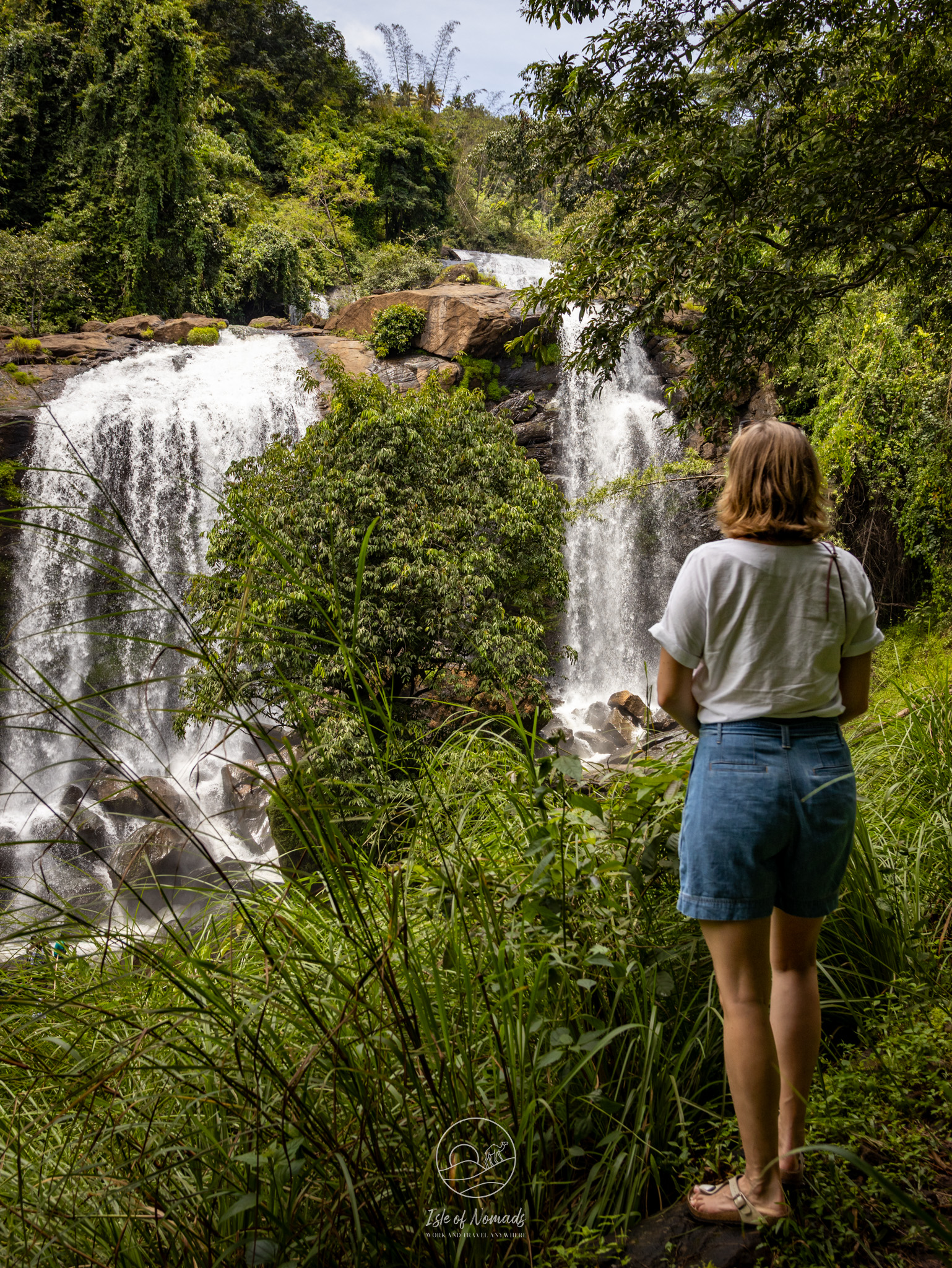
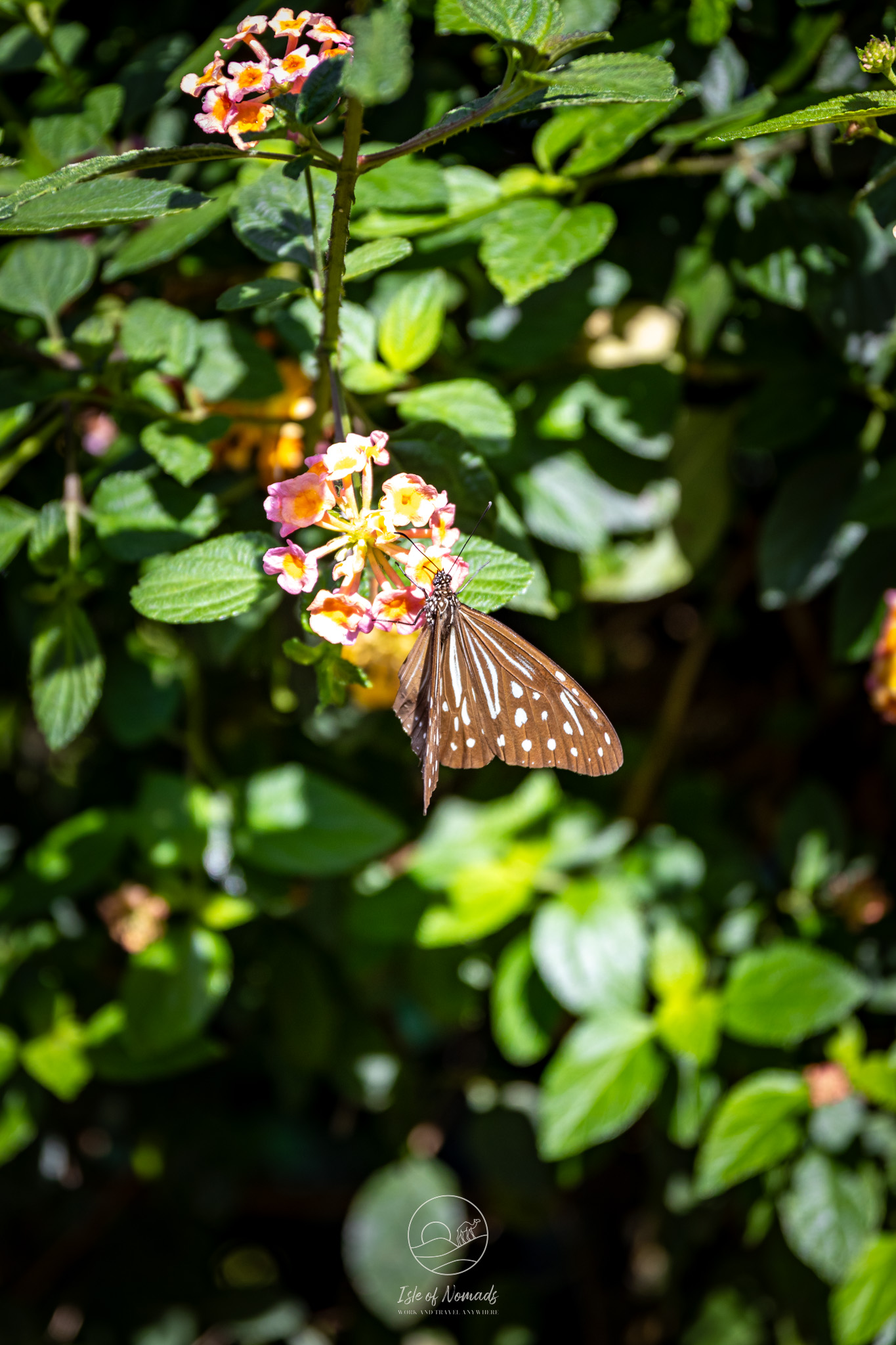
Day 3: Kochi to Munnar
After breakfast, make your way to Munnar, a hill station towards the east of Kochi. By car, the journey takes around 4 hours. The drive is spectacular as you wind through cardamom plantations and climb into the misty hills.
If you are staying at a hotel, they can help you to arrange a private transport, or you can organise it yourself. The advantage of this is that you can stop for sights on the way, e.g. to hike to Pettimudi Hill Top or to take a detour to see the Punnayar Waterfalls.
If you are feeling adventurous and are trying to save money, another option is to take a state bus. This will cost around 1.60EUR and a bus leaves almost every hour. The company is called KSRTC and leaves here. In Munnar, it will leave you in the centre of the city.
Once in Munnar, spend the afternoon settling in. If you still have time, you can take a gentle walk through the tea estates, e.g. at Tea Gardens or at Munnar Tea Garden.
We stayed at Windermere Estate and really enjoyed it - if you are looking for other options, tips of where to eat as well as a comprehensive list of activities, head to our Travel Guide or search on Booking.com.
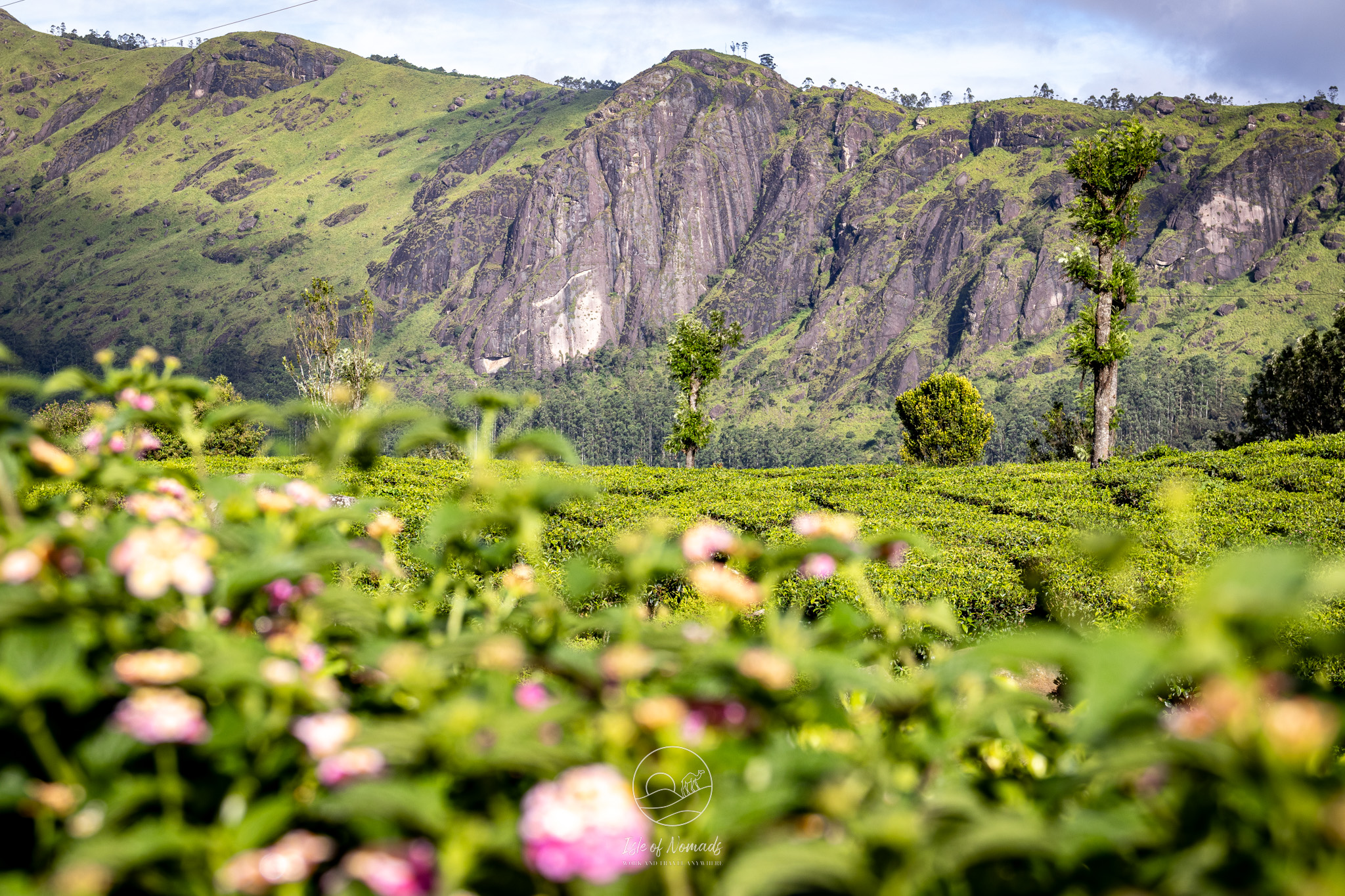
Day 4: Munnar
Today is all about exploring the beautiful nature of Munnar. Start early, and then you have several options to fill your day:
Wildlife / Tea Plantation walk: Our accommodation offered a sunrise walk through the tea plantations paired with an small "tour" of the wildlife that could be seen in the hills. We loved that - this seems to be a similar tour. You can also just show up at a tea plantation, join one of their walks or tea tastings. We loved Kolukkumalai Tea Estate.
Echo Point & Top Station: If you have your own transportation, head to Echo Point and Top Station. There, you will get panoramic views of the surrounding hills and tea plantations.
Go hiking: If you're feeling energetic, tackle the trek to Anamudi Peak, South India's highest point. Don't forget to check weather conditions first as it can get foggy quickly. If you don't have your own transportation or would like to get a hike, I can recommend this and this tour.
Tea Museum: Visit the Tea Museum to learn about the region's colonial tea-growing history.
If the weather turns misty (which it often does), don't worry - Munnar in the fog has its own magical quality that makes everything feel like a fairytale.
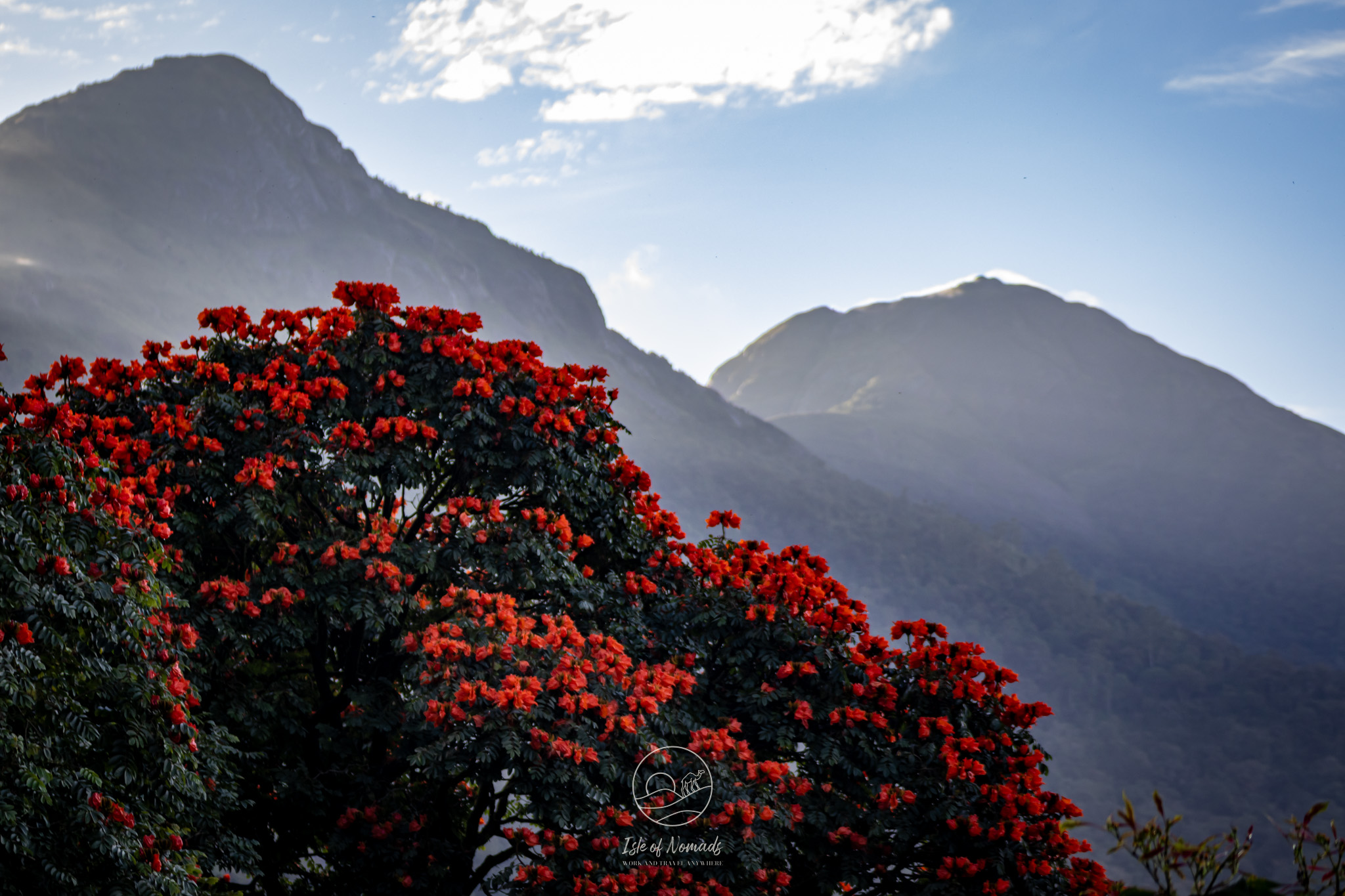
Day 5: Munnar to Alleppey
Today, you'll head back to the coast for the ultimate Kerala experience: Staying on a houseboat! The journey from Munnar to Alleppey takes about 4 hours by car. Again, you can take the KSRTC bus from the centre of Munnar to Alleppey. Depending on traffic, this will take around 5-6 hours. If you prefer, you can also make your way back to Kochi as many houseboat providers offer free pickup in the city.
Make sure you book your houseboat well in advance when you're travelling during high season! We were there in off-season (September) and found a spot around 2 weeks in advance. When you book a houseboat experience, you book the whole boat, including a staff of 2-4 people: A cook, a captain, and a waiters/kitchen worker and a guide. The stay includes all meals and at least 1, often more 3-4 hour tours of the backwaters.
When researching this I found the sheer amount of providers overwhelming. In the end, we went with Spice Coast Houseboats and loved our experience, even though communication with them was not always smooth. I think this and this might also be a good option.
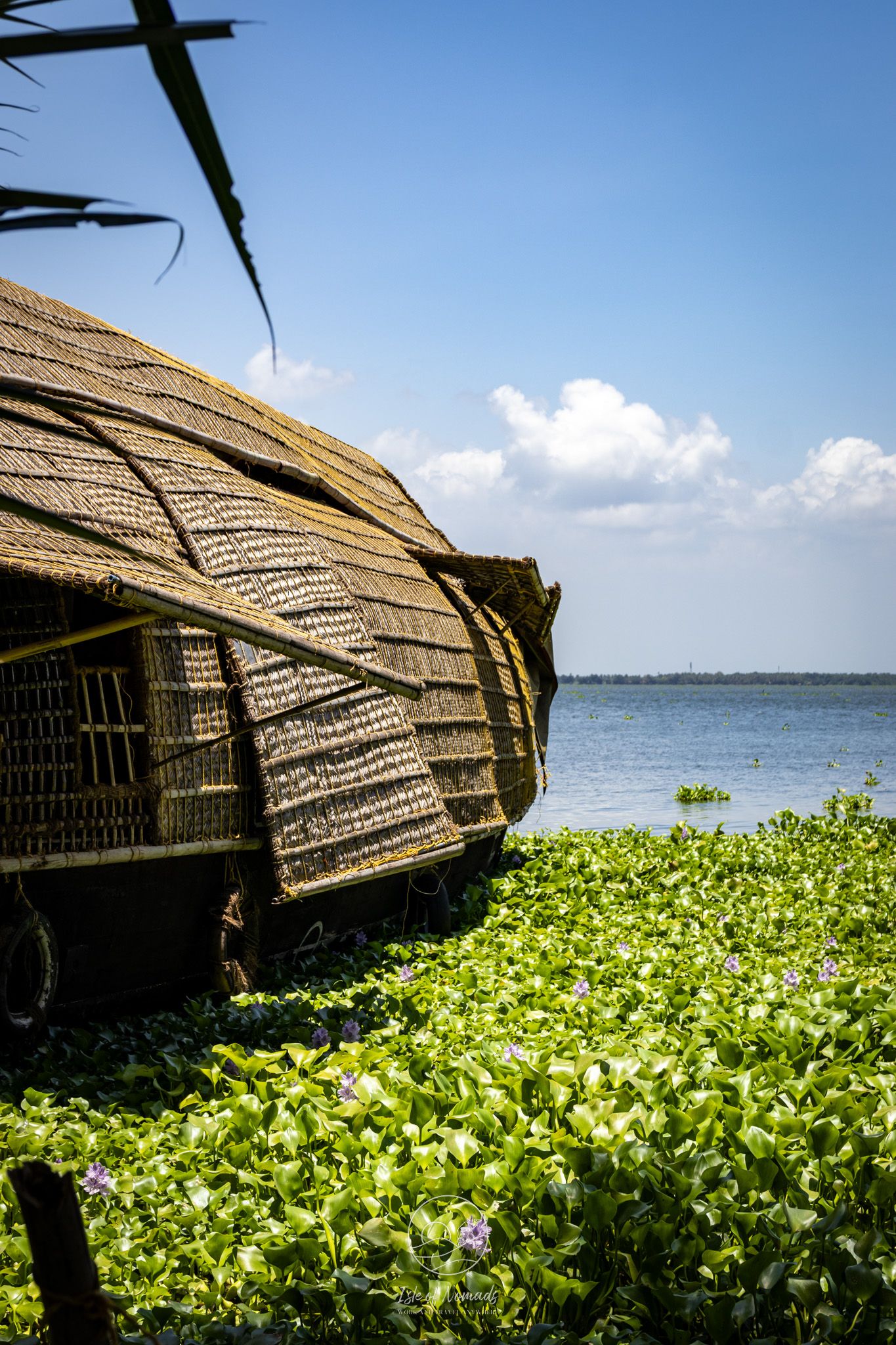
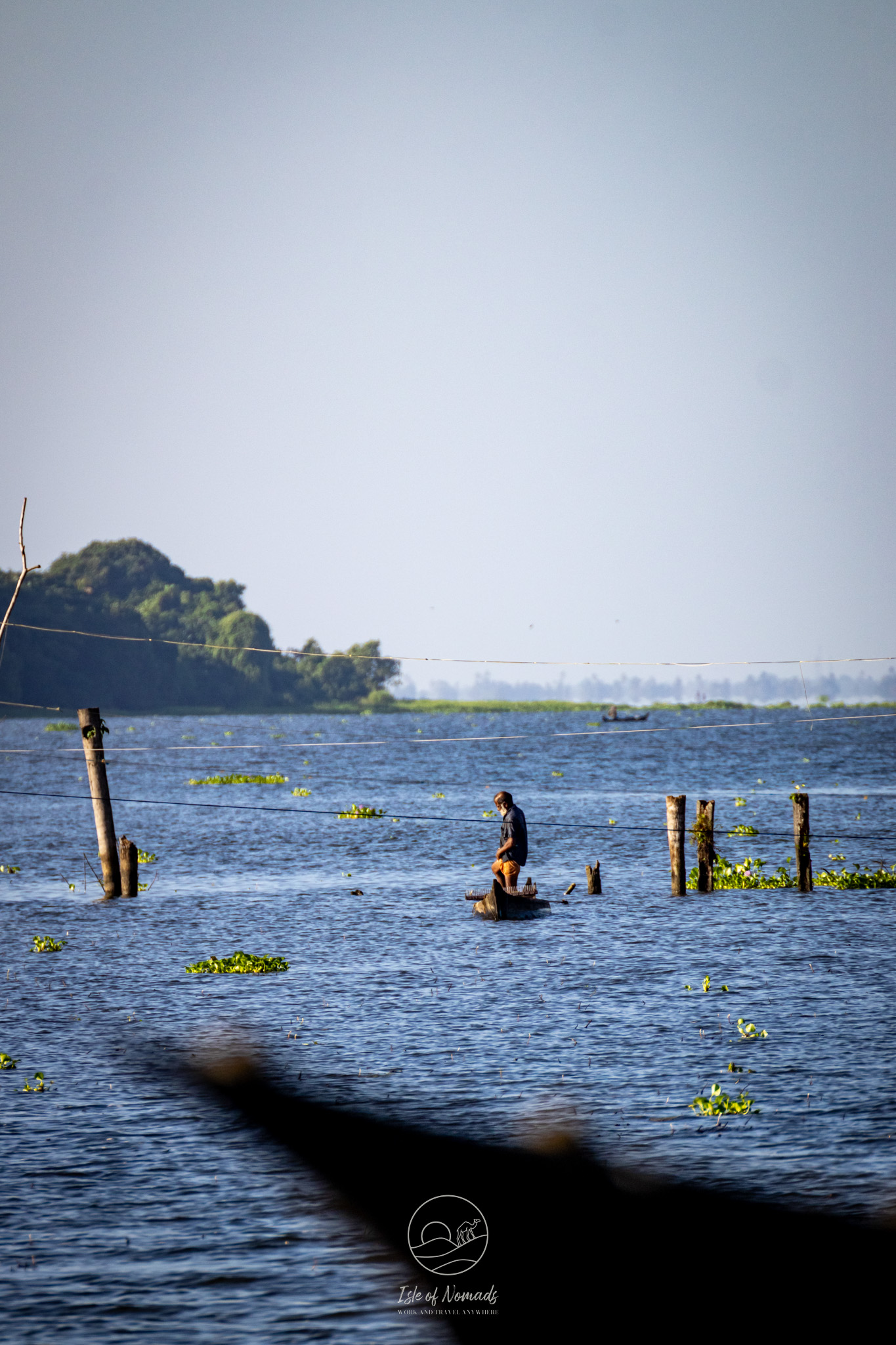
Even though the experience sounds fancy, but don't expect luxury - these are authentic experiences, not floating hotels. But watching the sunset from your deck with a fresh fish curry is pretty close to perfect.
Day 6: The Backwaters
Today, you will wake up to the gentle sound of water lapping against your boat. Your guide will lead an exploration deeper into the backwater network. This usually includes visiting small villages and maybe stopping at a local toddy shop if you're curious about palm wine. Our guide was very knowledgable about the local flora and fauna and explained many of the animals and plants that we saw on our way.
To be honest I was a bit sceptical about spending so much time just chilling on a boat, but I ended up loving it. The backwaters are incredibly serene and I took a good book so I alternated between staring out onto the water and reading in my novel about Keralas history (I can highly recommend The covenant of water!).
If you are interested in this, your boat crew can arrange canoe rides through the narrower canals where the big houseboats can't go. This is where you'll get the most authentic glimpse of backwater life - women washing clothes at the water's edge, children playing in the canals, and the occasional water buffalo cooling off.
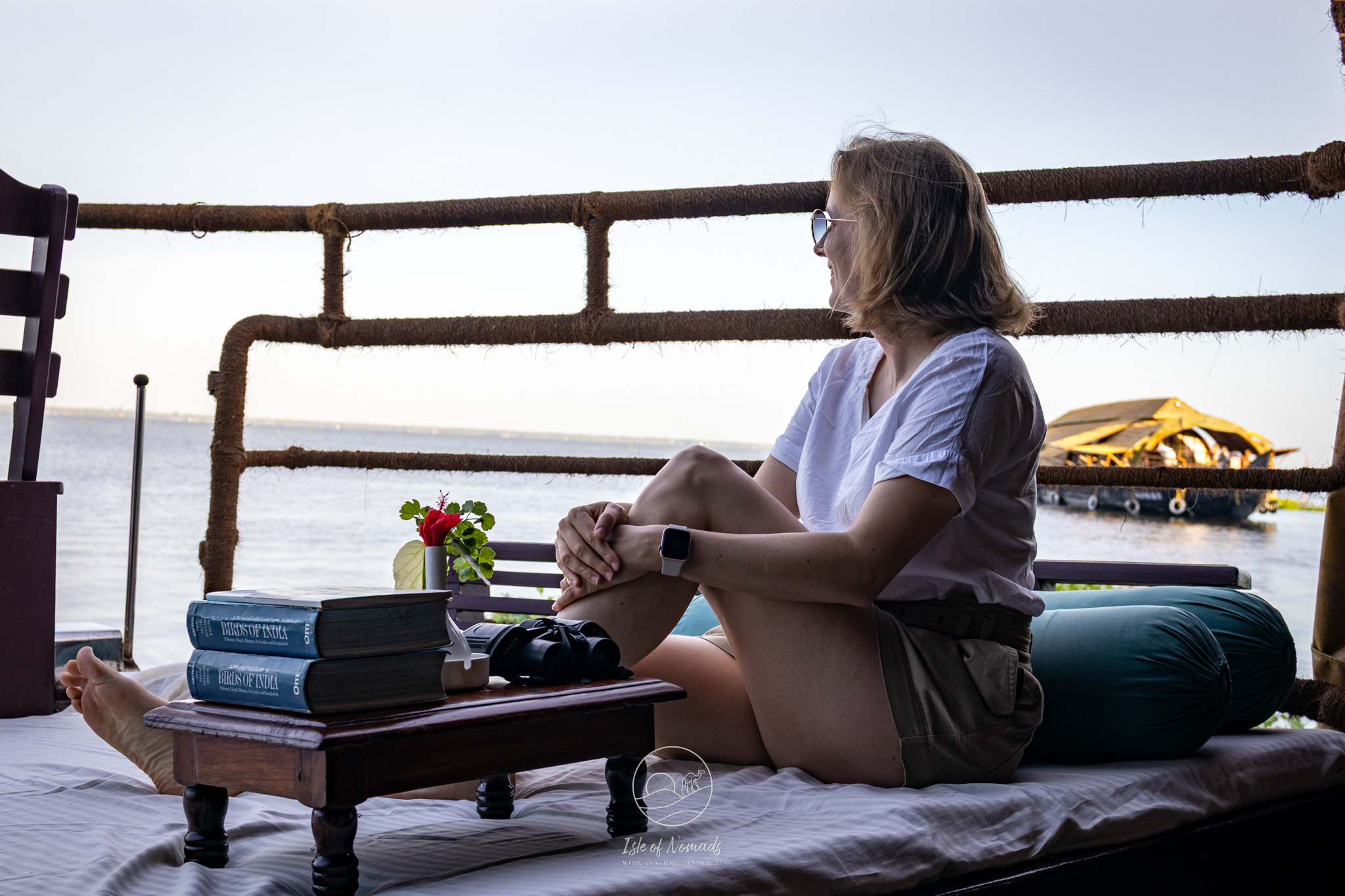
In the evening, the houseboat will moor at a peaceful spot (they are forbidden from driving during the night).
Day 7: Alleppey to Kochi, fly out
Unfortunately today your time in Kerala is already coming to an end! Depending on your flight time, leave Allapuzha for the airport. It takes around 2.5 - 3.5 hours by car to reach it.
10 day itinerary
This 10-day version of the itinerary allows for a more relaxed pace. You'll have time to really settle into the Kerala rhythm instead of constantly moving. For tips on where to stay and eat, as well as a summary of all the sights mentioned here, check out our Travel Guide.
Day 1-7
Follow the 1-week itinerary above, but add one day in either Munnar, Kochi or on the houseboat in the backwaters, thereby bringing the total duration to exactly 7 full days.
If you decide to stay in Kochi, I would advise to treat yourself to an Ayurveda treatment, maybe even for a full day. Read the section on Ayurveda above before booking! We went with Ananda Ayurveda and the experience was good, without any frills, and I like to believe very authentic.
In Alleppey you can just extend the stay on your houseboat by one day and use the time to relax or take a paddle boat trip down one of the more narrow canals.
For Munnar, I believe the activities I mentioned above should make a good two-day itinerary.
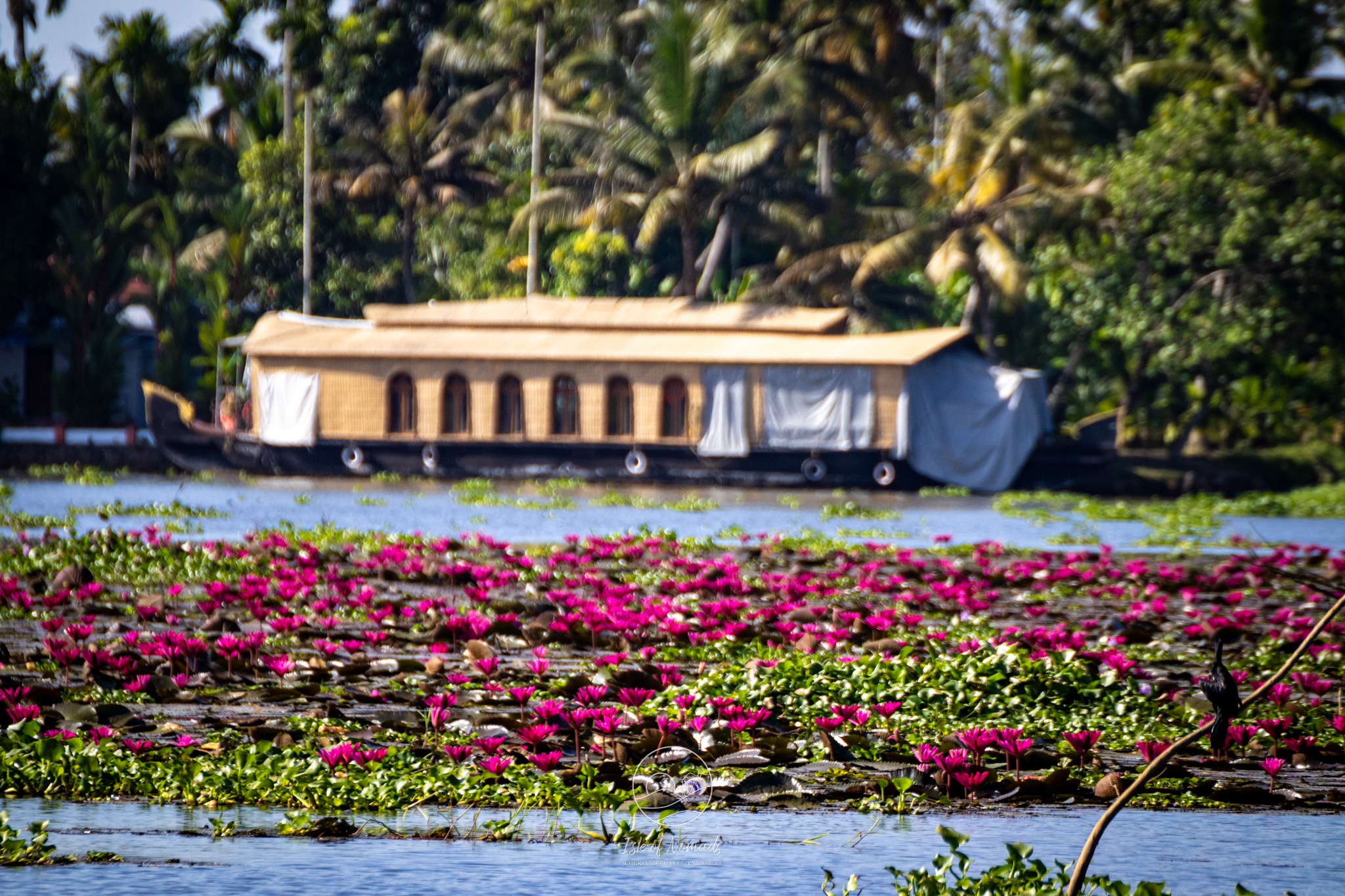
Day 8: To Verkala
In the morning of the day after your stay in Alleppey, make the 2-hour journey to Verkala. This seaside town is known for its beaches and beautiful views from its cliffs. Varkala has a distinctly laid-back, hippie vibe that's quite different from the rest of Kerala. Once you arrive, settle into your hotel and maybe take an evening stroll along Varkala Beach.
For a full list of where to stay and eat in Varkala, head to our Travel Guide. I can recommend Pepper Jazz Homestay for a more affordable option, and The Ixora is a great mid-range option.
Day 9: Varkala
Today, you've got a full day to explore Verkala!
You have several options:
- Take a surfing lesson: Varkala is a perfect place to learn how to surf! There are several surfing schools, but I'd argue Mahalo Surf and Copa Cabana are the best.
- Visit Janardhana Temple: This is a Hindu temple that is said to be over 2000 years old and a must if you like architecture and/or history.
- Enjoy the beach: The beach at Varkala is perfect to go swimming or just lounge in the sun.
- Take a cooking class: We loved our cooking class at Aryavilla heritage and still make the recipes at home. Yum!
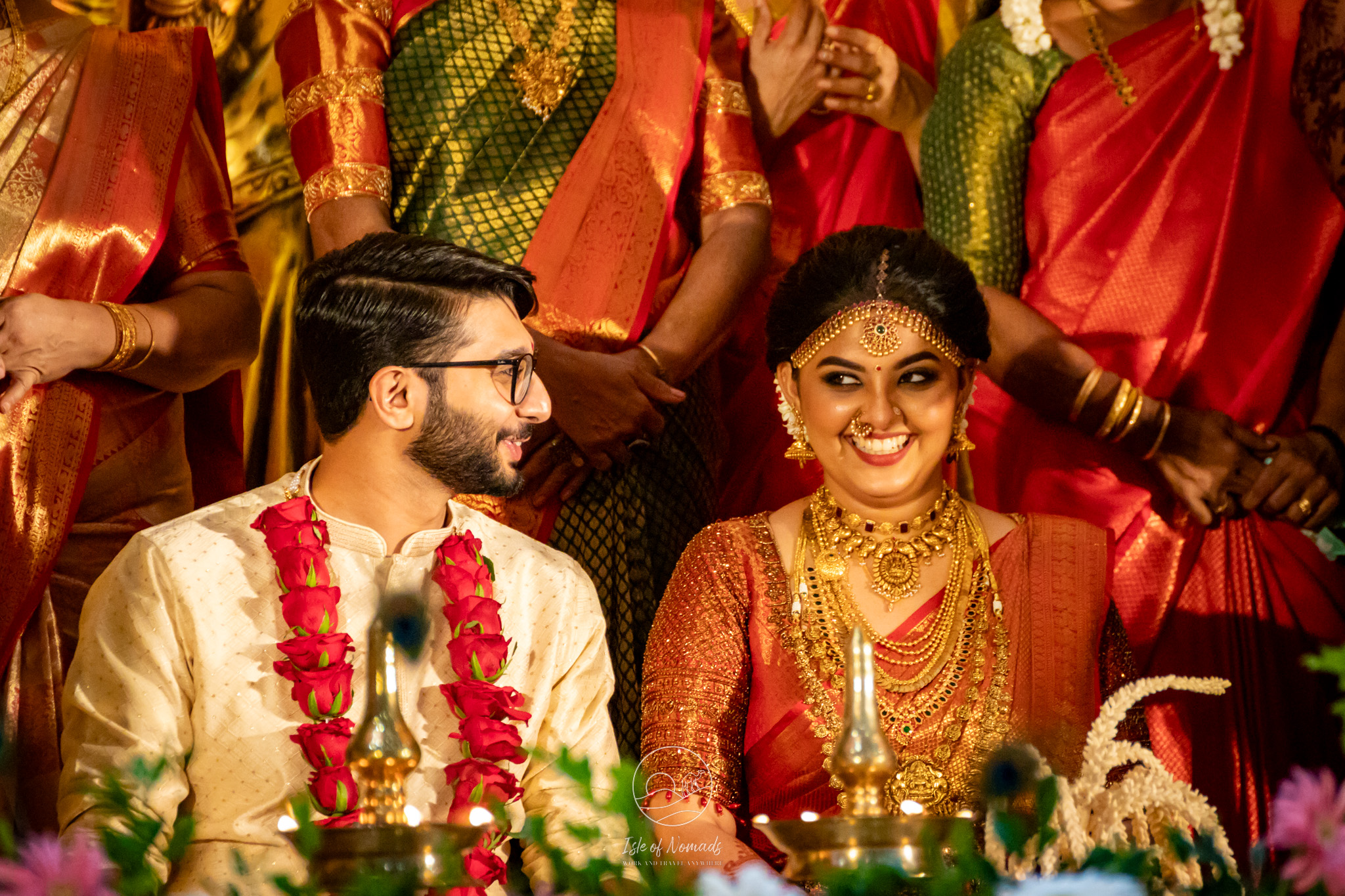
Day 10: Verkala back to Cochin Airport
Unfortunately, your time in Kerala is already up! It takes around 5-6 hours to get from Varkala back to the airport in Cochin. If you are not in a hurry, you can check the KSRTC bus schedule, otherwise I'd advise you take a taxi.
2 week itinerary
For the 2-week itinerary, I'd suggest you add Thrissur and Parambikulam Tiger Reserve to your itinerary, right after having visited Kochi. You also have two extra days to spend in the place that offers the activities you enjoy the most, e.g. Munnar, Kochi or the Backwaters in Alleppey.
So the itinerary would look as follows:
- Day 1&2: Kochi
- Day 3: Kochi to Thrissur
- Day 4: Thrissur
- Day 5: Thrissur to Munnar via Parambikulam Tiger Reserve
- Day 6: Parambikulam to Munnar
- Day 7: Munnar
- Day 8: Munnar to Alleppey
- Day 9: Alleppey / Backwaters
- Day 10: Alleppey to Varkala
- Day 11: Varkala
- Day 12: Varkala to Kochi
The following sections show a more detailed itinerary of the additional days:
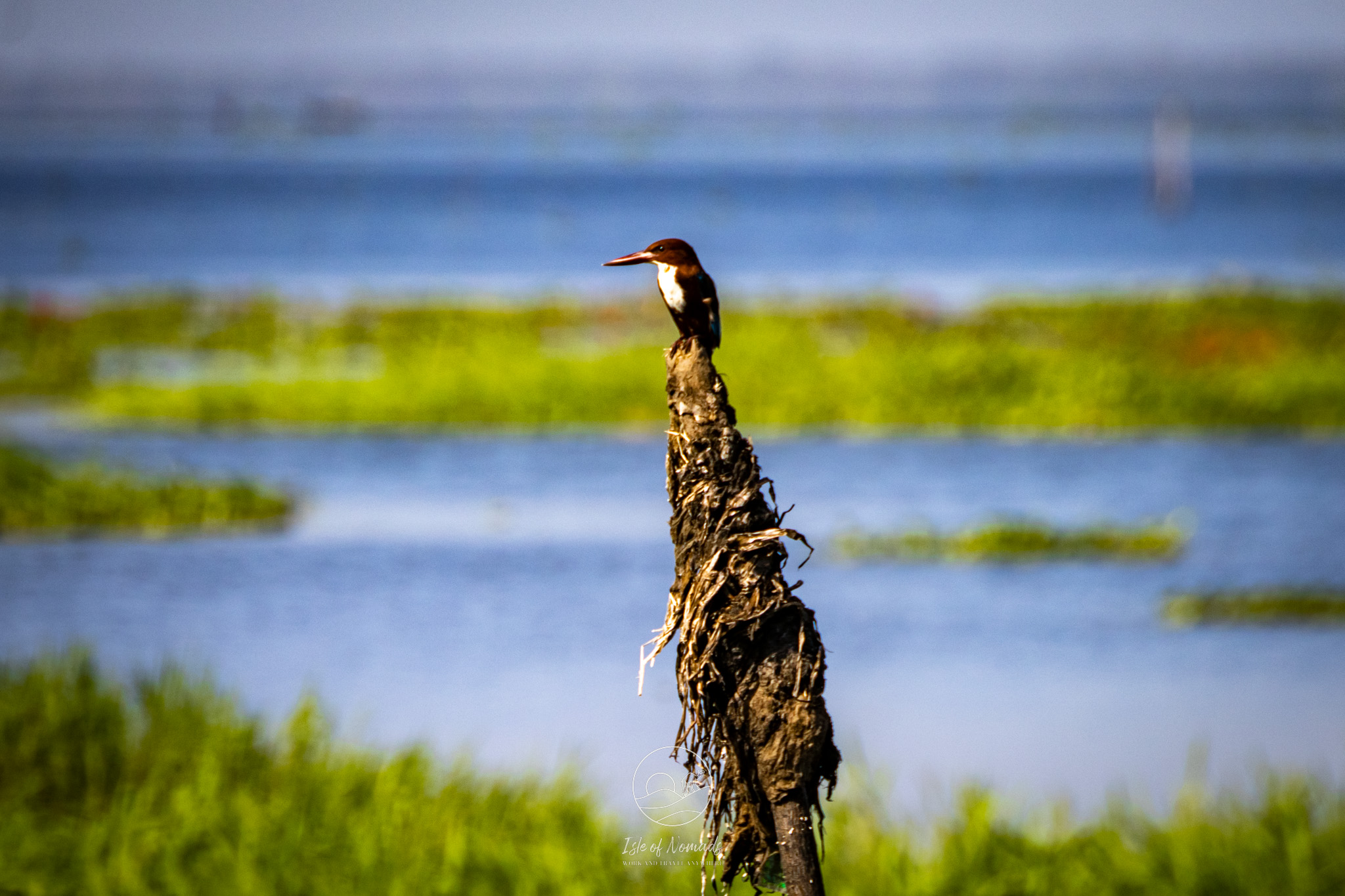
Day 3: Kochi to Thrissur
If you have your own transportation, make sure you stop at the Athirappilly Water Falls on your way to Thrissur!
In terms of accommodation and where to eat in Thrissur, I recommend a look into our Travel Guide. Celesto is a good mid-range option and the Hyatt Regency a more luxourius one.
Day 4: Thrissur
Thrissur is often called the cultural capital of Kerala, and for good reason! This city is famous for its temples, festivals, and traditional art forms. Start your day at the Vadakkunnathan Temple, which sits right in the heart of the city. The architecture here is stunning, and if you're lucky enough to visit during festival season, you might catch some of the elaborate celebrations.
After exploring the temple, head to the Kerala Kalamandalam, which is about 30 minutes outside the city center. This is where you can see traditional Kerala art forms like Kathakali and Mohiniyattam being taught and performed. Even if there's no performance scheduled, the campus itself is worth visiting to understand Kerala's rich cultural heritage. In order to visit, you can either book a guided tour or check the universitys website
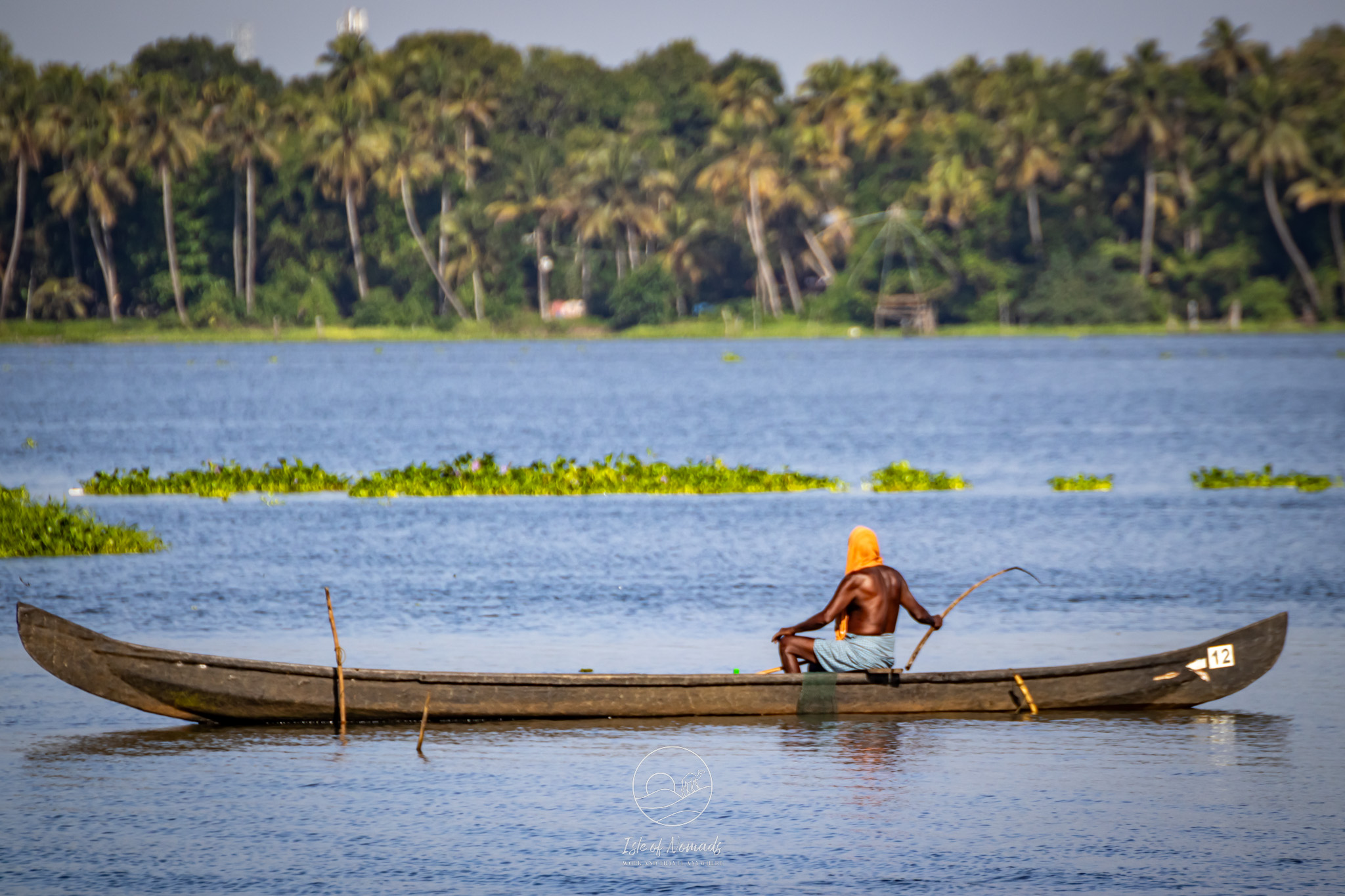
Day 5: Thrissur to Munnar Day 1
Today you'll leave the cultural heart of Kerala behind and head into the wilderness! The longer route through the heart and jungles of Kerala to Munnar is incredibly picturesque. I would say you should allocate 2 days to this stretch and sleep somewhere on the way.
One such option is the Pannadikadu homestay. It's a goregous property set in an orchard and offer both nature walks as well as a day trip to Parambikulam Tiger Reserve.
The other option is to stay inside Parambikulam Tiger Reserve and add one more day to do a safari there. It's one of India's most well-preserved tiger reserves and even if you don't spot a tiger (they're elusive!), the biodiversity here is incredible.
Day 6: Thrissur to Munnar Day 2
Continue your way to Munnar and then continue to follow the itinerary as laid out in the 2-week one above!



